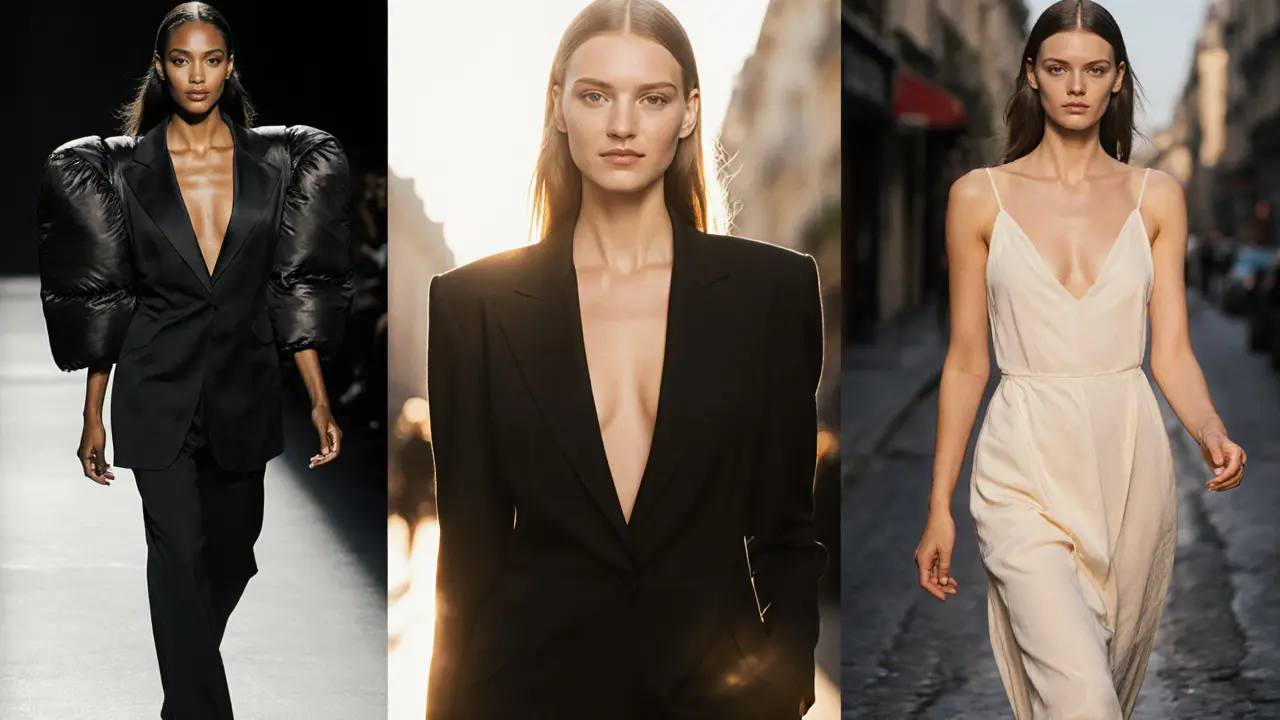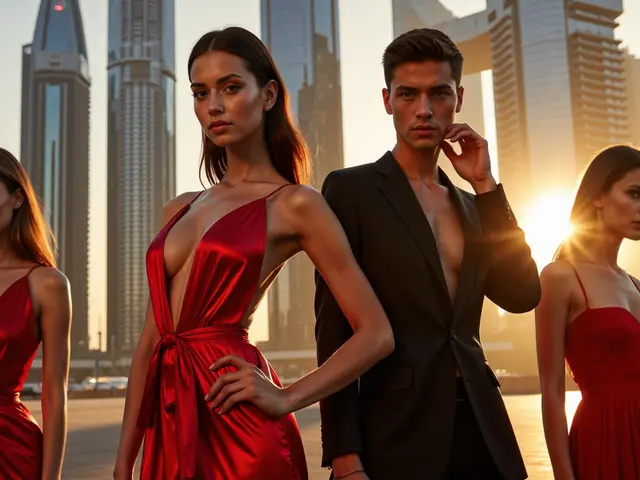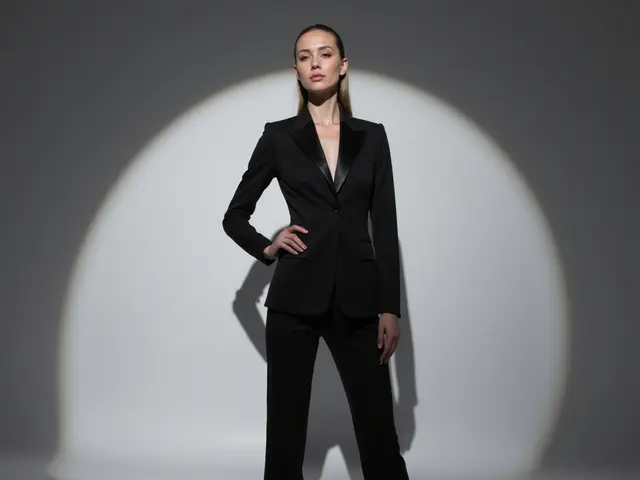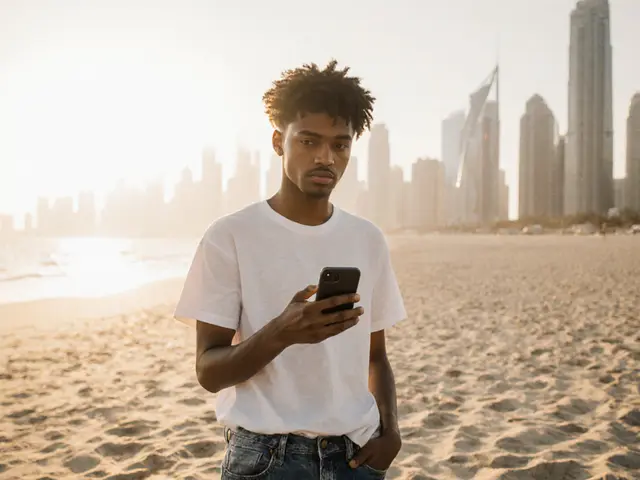You’ve seen the headlines: hottest model ever. Billboards, TikTok trends, magazine covers-they all scream it. But here’s the thing: there’s no official list. No governing body that hands out a trophy for "hottest." So why do we keep asking this question? Because it’s not really about beauty. It’s about culture, timing, and the way we project our desires onto people we’ll never know.
Let’s cut through the noise. If you’re looking for a single name to pin as the absolute #1, you’re chasing a ghost. The title of "hottest model ever" shifts with every decade, every trend, every social media algorithm. What made a woman iconic in the 90s wouldn’t necessarily dominate Instagram today. And that’s okay. Because the real story isn’t about who’s the hottest-it’s about who changed the game.
Who Actually Defined "Hottest" in Modeling?
Back in the 1980s, Naomi Campbell walked runways like she owned them. Her presence wasn’t just about looks-it was power. She broke barriers as one of the first Black supermodels to dominate high fashion in Europe and America. Around the same time, Cindy Crawford had that mole, that grin, and a contract with Pepsi. She wasn’t just a model; she was a brand. People didn’t just want to look like her-they wanted to be her.
Then came Kate Moss in the 90s. Thin, androgynous, effortlessly cool. She didn’t smile for the camera. She looked like she’d just stepped out of a grunge concert. And suddenly, the industry flipped. The hourglass figure was out. The waif was in. Her "heroin chic" look sparked global debate. Was she beautiful? Or was she dangerous? Either way, she became the face of a generation.
Fast forward to the 2010s. Gigi Hadid, Kendall Jenner, and Bella Hadid ruled Instagram. They weren’t just models-they were influencers. Their lives were public. Their outfits, vacations, even their morning coffee became aspirational. Their "hot" wasn’t just physical-it was relatable. They looked like someone you might bump into at a café.
What Makes a Model "Hottest"? It’s Not Just Looks
Let’s be real: beauty standards change faster than smartphone cameras. In the 1950s, Marilyn Monroe’s curves were the gold standard. In the 2000s, it was the flat stomach and toned legs. Today? It’s diversity. Skin tone, body shape, age, gender expression-these aren’t afterthoughts anymore. They’re central to what makes a model stand out.
Look at Adwoa Aboah. She’s not just a model. She’s an activist. She speaks openly about mental health. She’s redefining what it means to be "hot"-not by fitting a mold, but by shattering it. Or consider Ashley Graham, who shattered the plus-size ceiling in Victoria’s Secret and on Vogue covers. She didn’t wait for permission. She became the standard.
So when someone says "hottest model ever," they’re not just talking about symmetry or cheekbones. They’re talking about influence. Charisma. Courage. The ability to make people stop scrolling and think.
The Rise of the Algorithm-Driven Icon
Today, "hottest" is often decided by likes, shares, and comments-not editors or designers. A model can go from unknown to viral in 48 hours. Look at Irina Shayk. She blew up on Instagram with a single photo: barefoot on a beach, wind in her hair, looking like she just stepped out of a dream. No campaign. No magazine feature. Just raw, unfiltered appeal.
But here’s the catch: virality doesn’t equal legacy. Many models who trend today will fade by next year. The ones who stick around? They build careers. They work with top photographers. They sign global contracts. They become household names-not because they were the prettiest, but because they were the most professional, adaptable, and authentic.
Why This Question Doesn’t Have a Real Answer
There’s no universal metric for "hottest." Beauty isn’t a number. It’s a feeling. And that feeling changes based on who’s looking.
What a 16-year-old in Tokyo sees as "hottest" might be totally different from what a 45-year-old in Milan values. One might admire the sharp jawline of a Balenciaga runway model. Another might fall for the warmth in the smile of a Brazilian model who grew up in a favela and now walks for Louis Vuitton.
Even the industry admits it. Vogue, Harper’s Bazaar, and Elle don’t rank models by "hotness." They rank them by impact. By how they moved fashion. By how they shifted conversations. By how they made people feel seen.
Who’s the Most Influential Model of All Time?
If we shift the question from "hottest" to "most influential," the answer becomes clearer.
- Linda Evangelista-famously said, "We don’t wake up for less than $10,000 a day." She turned modeling into a high-stakes career.
- Tyra Banks-first Black woman on the cover of Sports Illustrated Swimsuit Issue and later created America’s Next Top Model, changing how the industry discovered talent.
- Naomi Campbell-the first Black supermodel to grace the covers of French Vogue, British Vogue, and American Vogue in the same year.
- Iman-not just a model, but a businesswoman who launched her own cosmetics line for women of color in the 80s, long before inclusivity was a buzzword.
These women didn’t just look good. They changed the rules. They demanded respect. They opened doors.
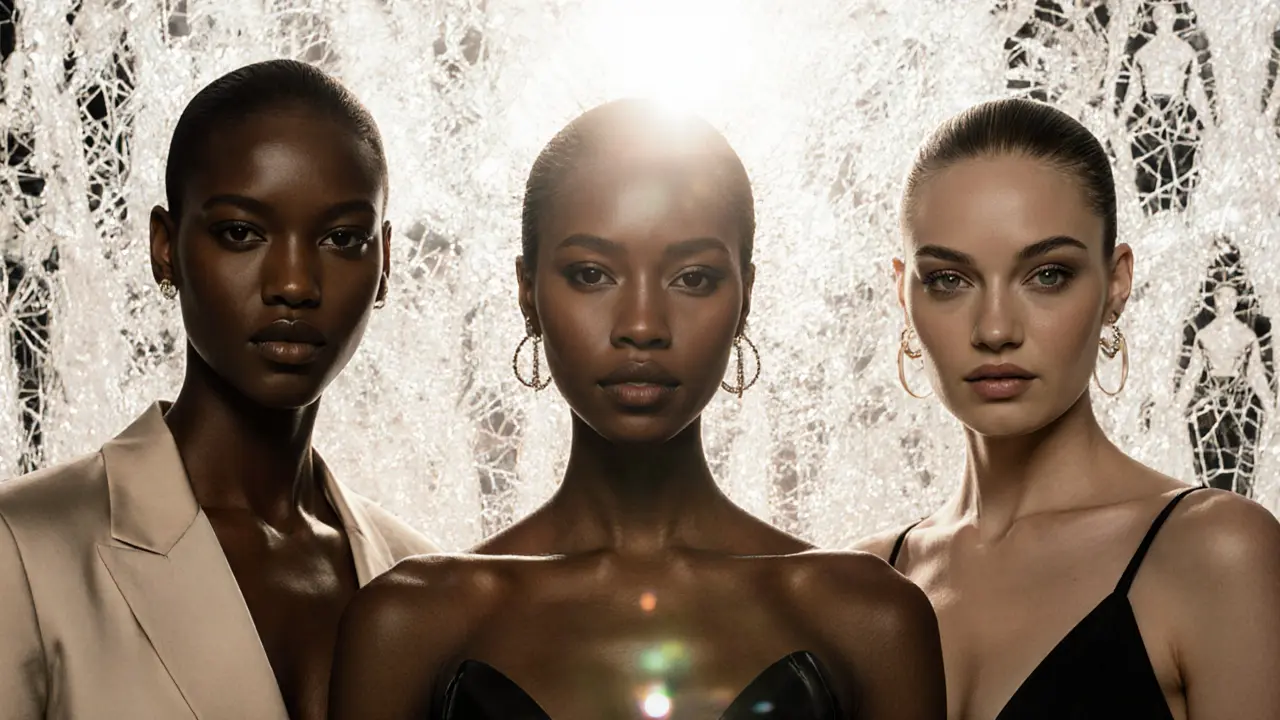
What You Should Really Care About
Instead of asking who the "hottest" model ever was, ask: Who inspired you? Who made you feel like you belonged? Who broke a barrier you didn’t even know existed?
Maybe it’s Valentina Sampaio, the first openly transgender model for Victoria’s Secret. Or Adut Akech, a refugee from South Sudan who walked for Chanel at 16. Or Winnie Harlow, who turned vitiligo into a symbol of strength.
These women aren’t "hottest" because of their features. They’re iconic because they turned their differences into power.
So if you’re scrolling through photos wondering who’s the "hottest," pause for a second. The real beauty isn’t in the face-it’s in the story behind it. And that’s something no algorithm can measure.
FAQ: Your Questions About "Hottest Models" Answered
Is there an official list of the hottest models ever?
No. There’s no official ranking, award, or organization that declares a "hottest model ever." Lists you see online are usually based on social media popularity, magazine features, or editorial opinions-not facts.
Why do people keep asking who the hottest model is?
Because it’s a proxy for asking who’s culturally dominant right now. The question taps into our fascination with beauty, fame, and identity. It’s less about the model and more about what we project onto them-desire, aspiration, or even insecurity.
Do models today have to be hotter than those from the past?
No. Standards have evolved. Today’s industry values diversity, authenticity, and personality as much as traditional beauty. A model with a unique look or powerful story often has more impact than someone who fits a narrow mold.
Who is the most photographed model in history?
Cindy Crawford and Naomi Campbell are among the most photographed, with hundreds of magazine covers and ad campaigns each. But in terms of digital reach, Gigi Hadid and Bella Hadid hold records for most-followed models on Instagram, with over 70 million followers each as of 2025.
Can a model be "hottest" without working in high fashion?
Absolutely. Many of the most influential models today work in swimwear, lingerie, or social media. Ashley Graham, for example, never walked for Chanel but redefined beauty standards for millions. Influence doesn’t require a runway-it requires visibility and impact.
Final Thought: Stop Chasing the Title
The next time you see a headline screaming "Hottest Model Ever," ask yourself: Why does this matter to me? Are you looking for inspiration? Validation? Escape? The real value isn’t in naming a person-it’s in recognizing what that person represents. Beauty isn’t static. It’s alive. And the most powerful models aren’t the ones who fit the mold-they’re the ones who broke it.

